"St. Petersburg Mining University, thanks to the efforts of, first and foremost, its rector; is one of Russia's exemplary higher educational institutions… Having such top-class institutions of higher engineering education is remarkable and particularly important for our resource-rich country."
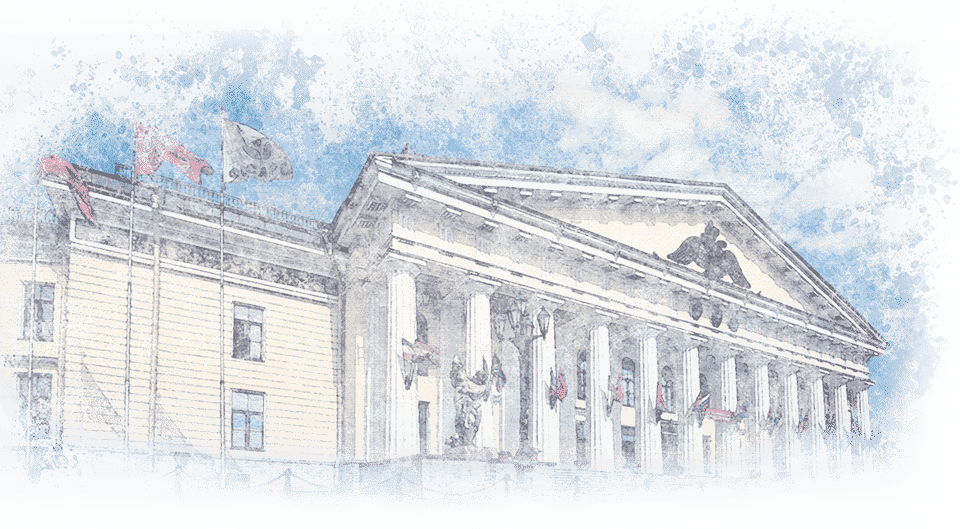
Mining University is the first higher technical university in Russia
Empress Catherine the Great signed the decree on its establishment in 1773, and the architectural complex was designed by Andrey Voronikhin. It was specially built for students of the Mining School – as the university was called then – and decorated with 12-column porticoes. The new, solemn and majestic building was constructed during 1806–1811. Initially, the School was located in two buildings on the corner of the 22nd Line of Vasiliyevsky Island and the Neva river embankment. They had been purchased from Count Pyotr Sheremetev. At present, Mining University is a blend of rich traditions and state-of-art technologies, with its laboratory facilities and equipment being amongst Russia's best.
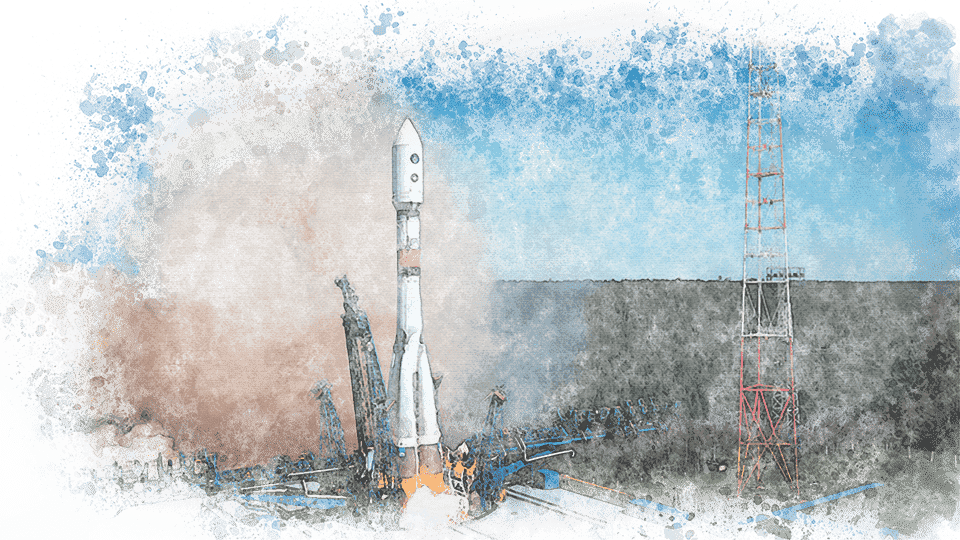
These are 250 years of developing groundbreaking technologies and implementing them at mineral resource enterprises, transforming mining supply chains, as well as running experiments to minimise human impacts on the environment. Numerous achievements and breakthroughs have been made, being a source of pride for the first higher technical university in the country.
Some of them include: rearming after the defeat of Russia in the Crimean War, creating nanotechnologies for use in the non-ferrous metal industry, penetrating the Earth's deepest subglacial Lake Vostok, research in hydrogen energy, the discovery of the Volga-Ural Petroleum and Gas Province; among others.

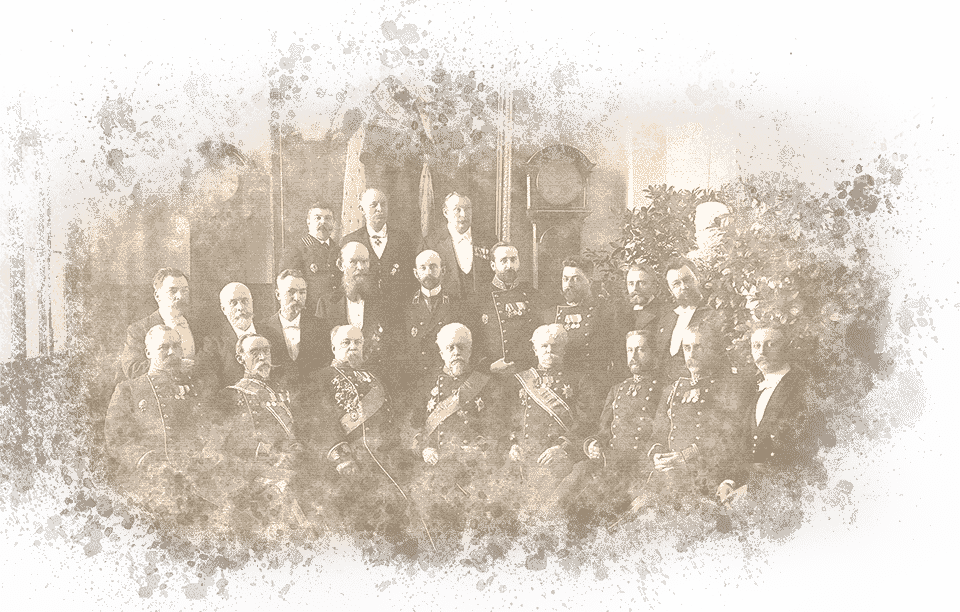
These are world-renowned geologists: Alexander Karpinsky, Vladimir Obruchev, Dmitri Nalivkin; author of "The Study of Oil" Book Ivan Gubkin; discoverer of the Volga-Ural Petroleum and Gas Province Pavel Preobrazhensky; reformer of the domestic metal industry Pavel Obukhov; and many others. Alexander Kuznetsov is a person worth particular mention. In 1941, he proposed to the military officials a new explosive substance called "Sinal" (Si N Al). His invention helped supply the Leningrad Front, already suffering from ammunition shortage, with mines, shells and grenades. These people wrote their names in history in golden letters.
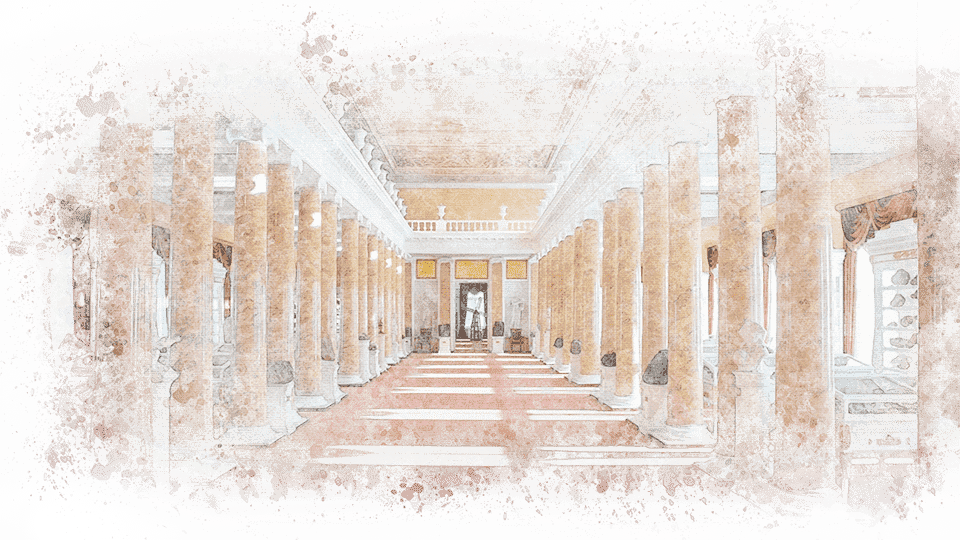
The museum was founded by the Mineral Cabinet of Russian and Foreign Mineral Resources bodies. All mines and mining enterprises were required by the order of Catherine II to send the most valuable samples to the Cabinet. Currently, the Mining Museum is the keeper of unique minerals, ores, rocks, paleontological rarities, collections of models on the history of mining and mining equipment, stone-cutting and jewelry art. The museum's funds amount to 240 thousand exhibits. Many of them are unique.









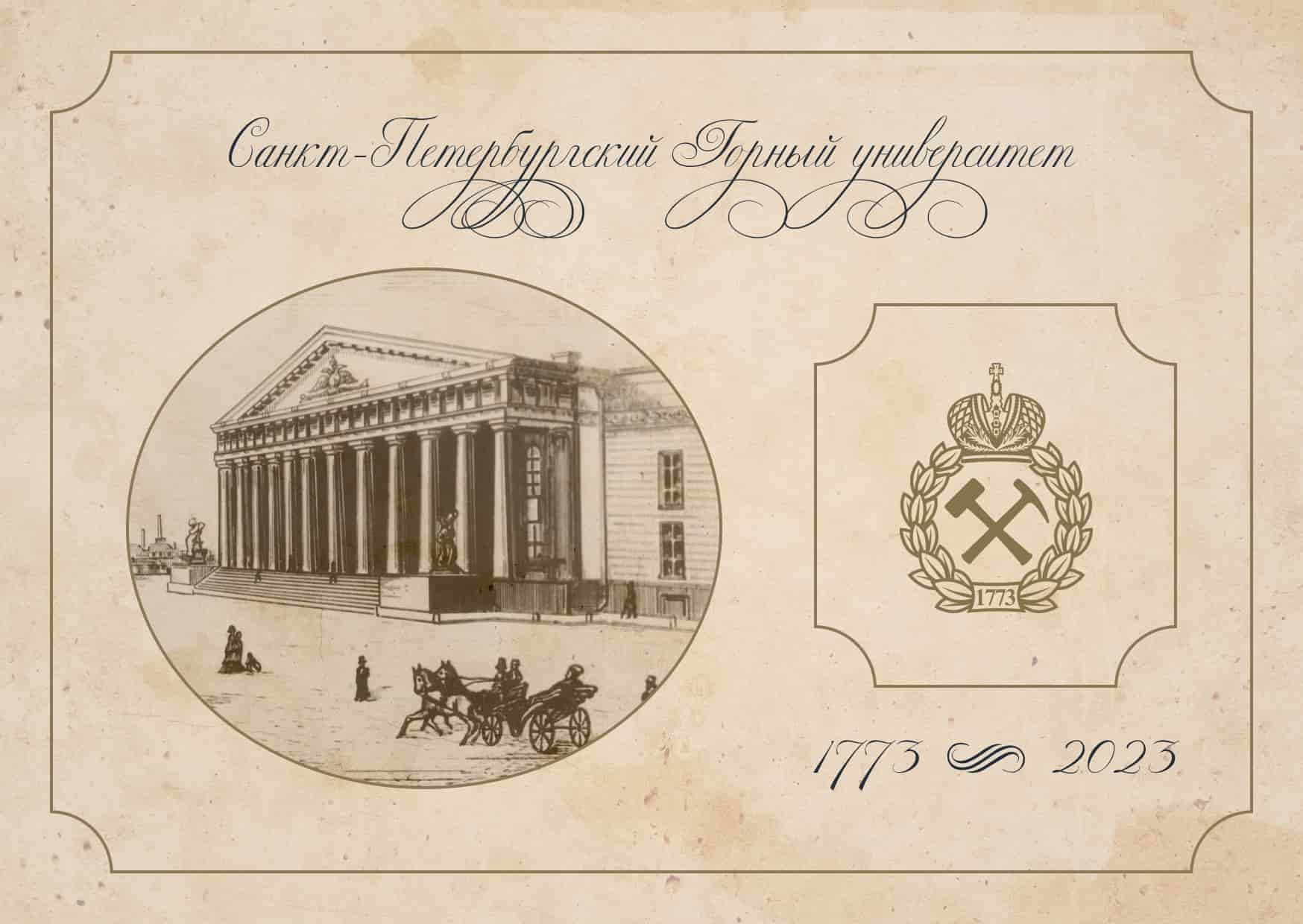
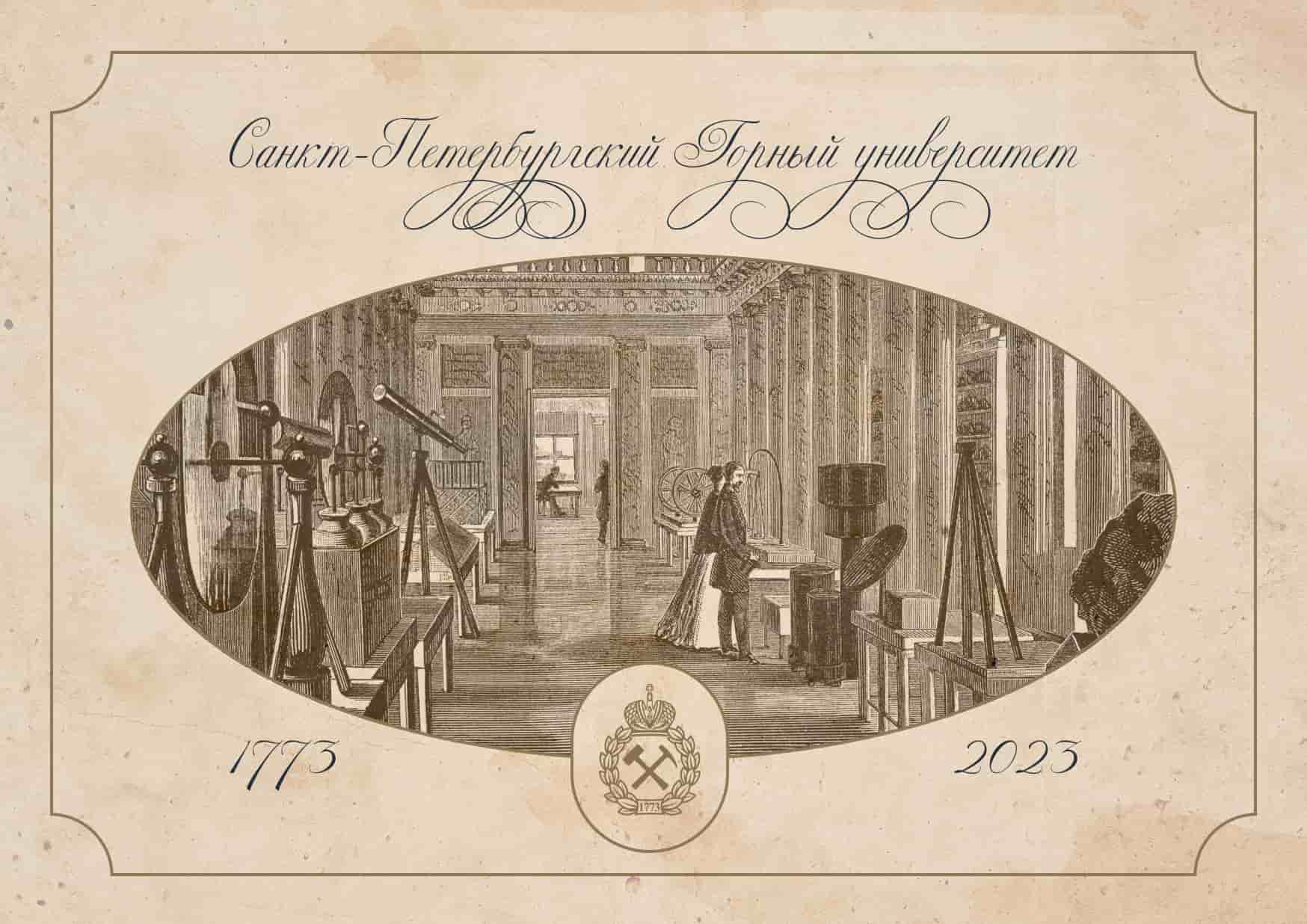
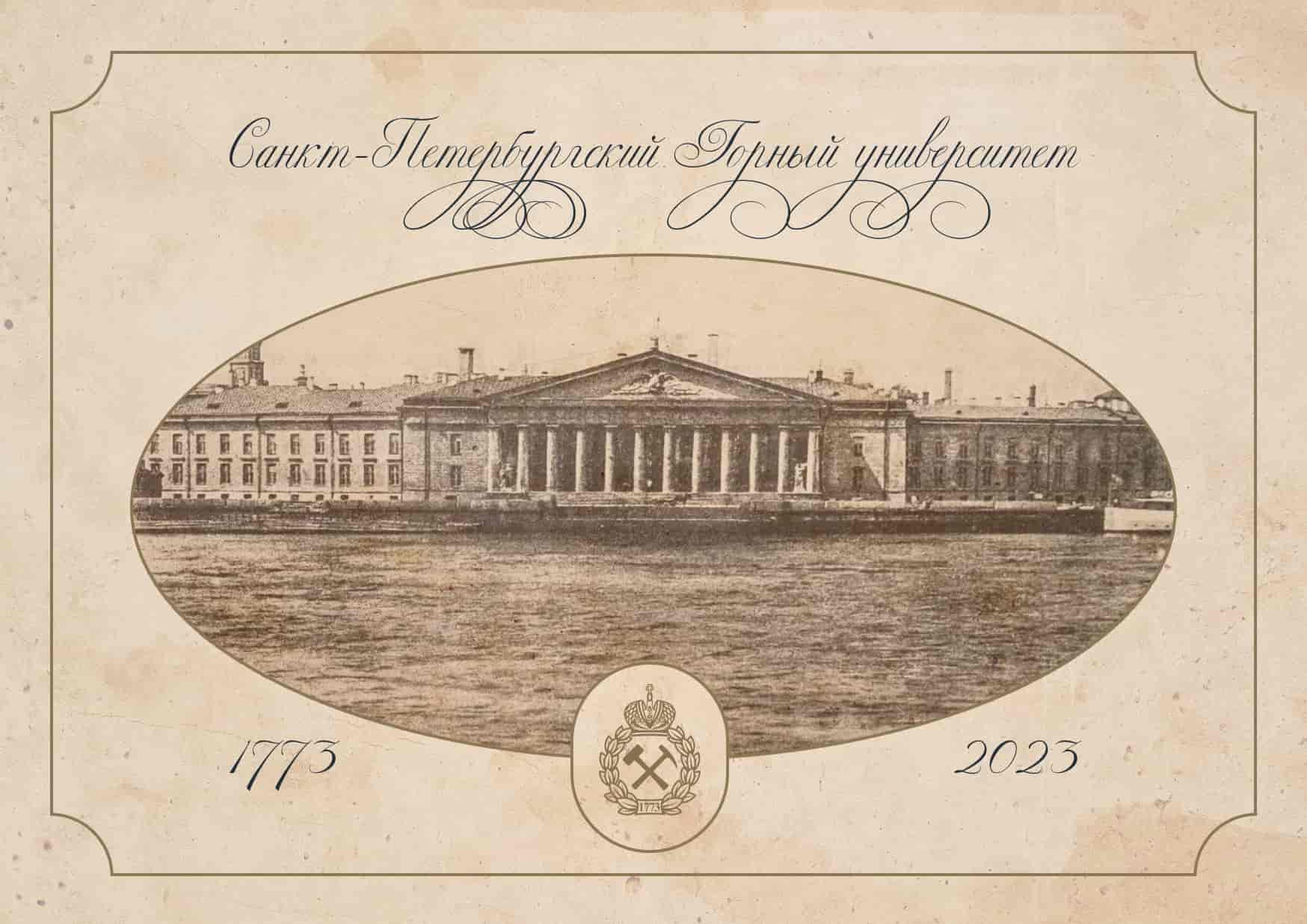
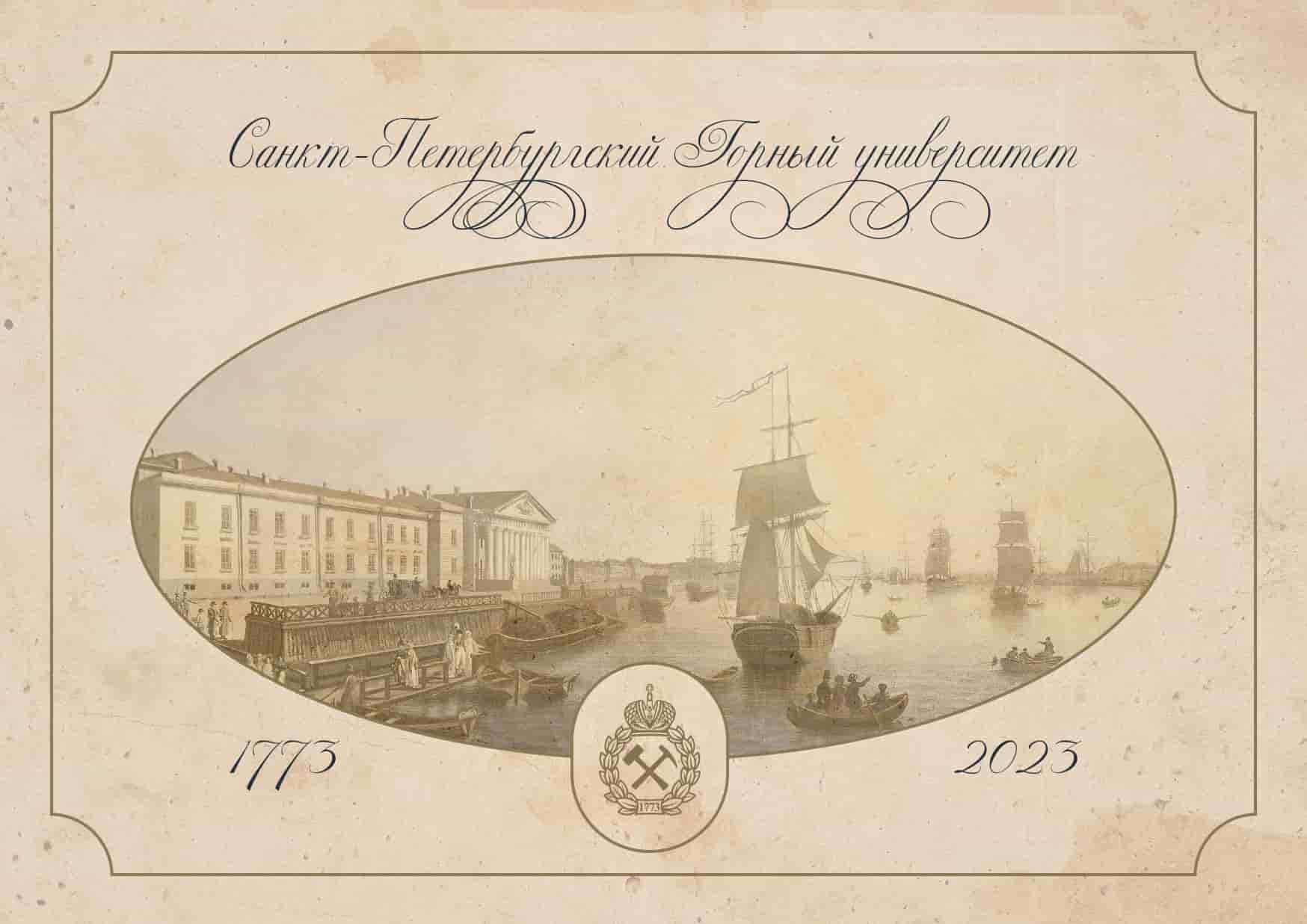
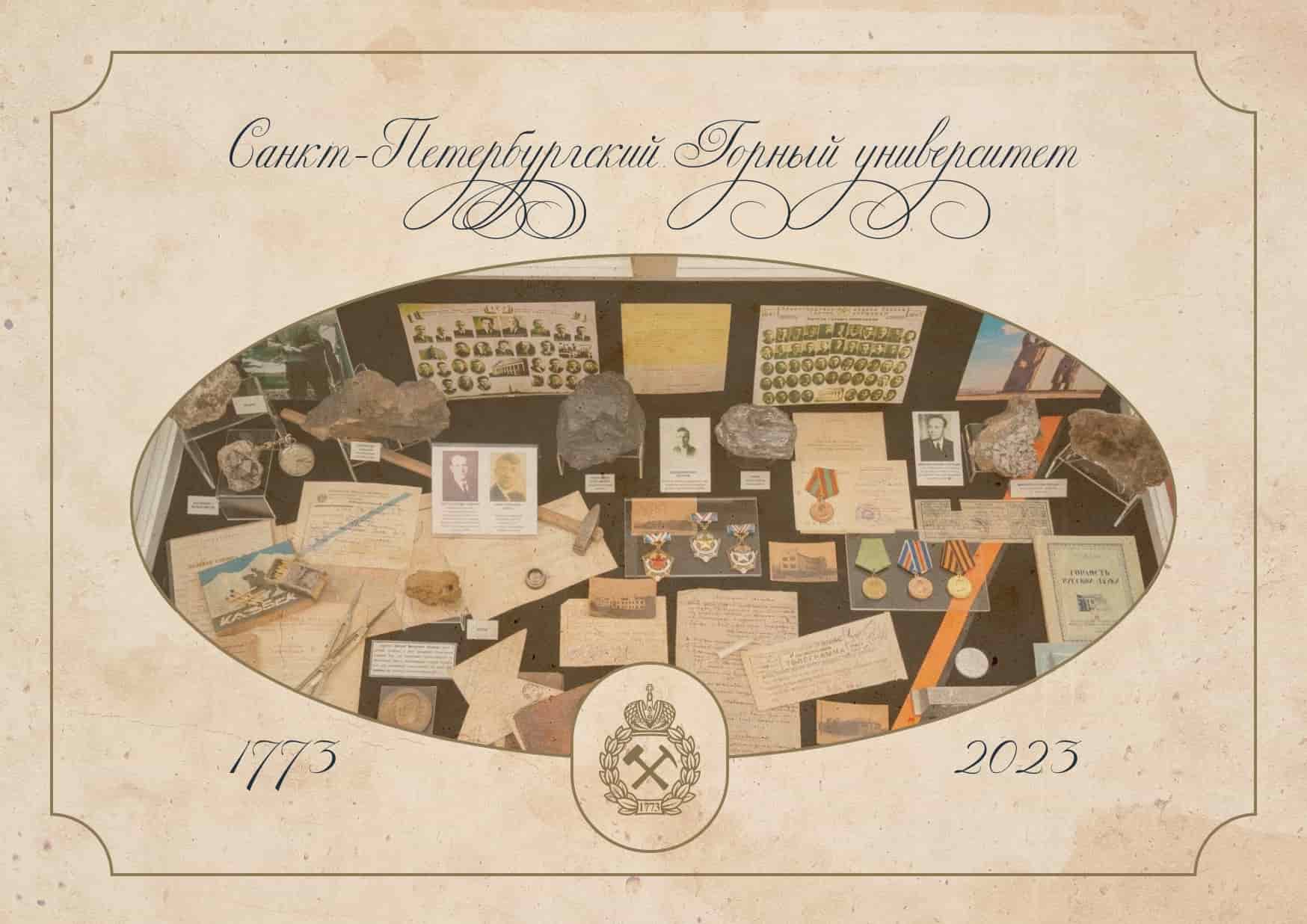
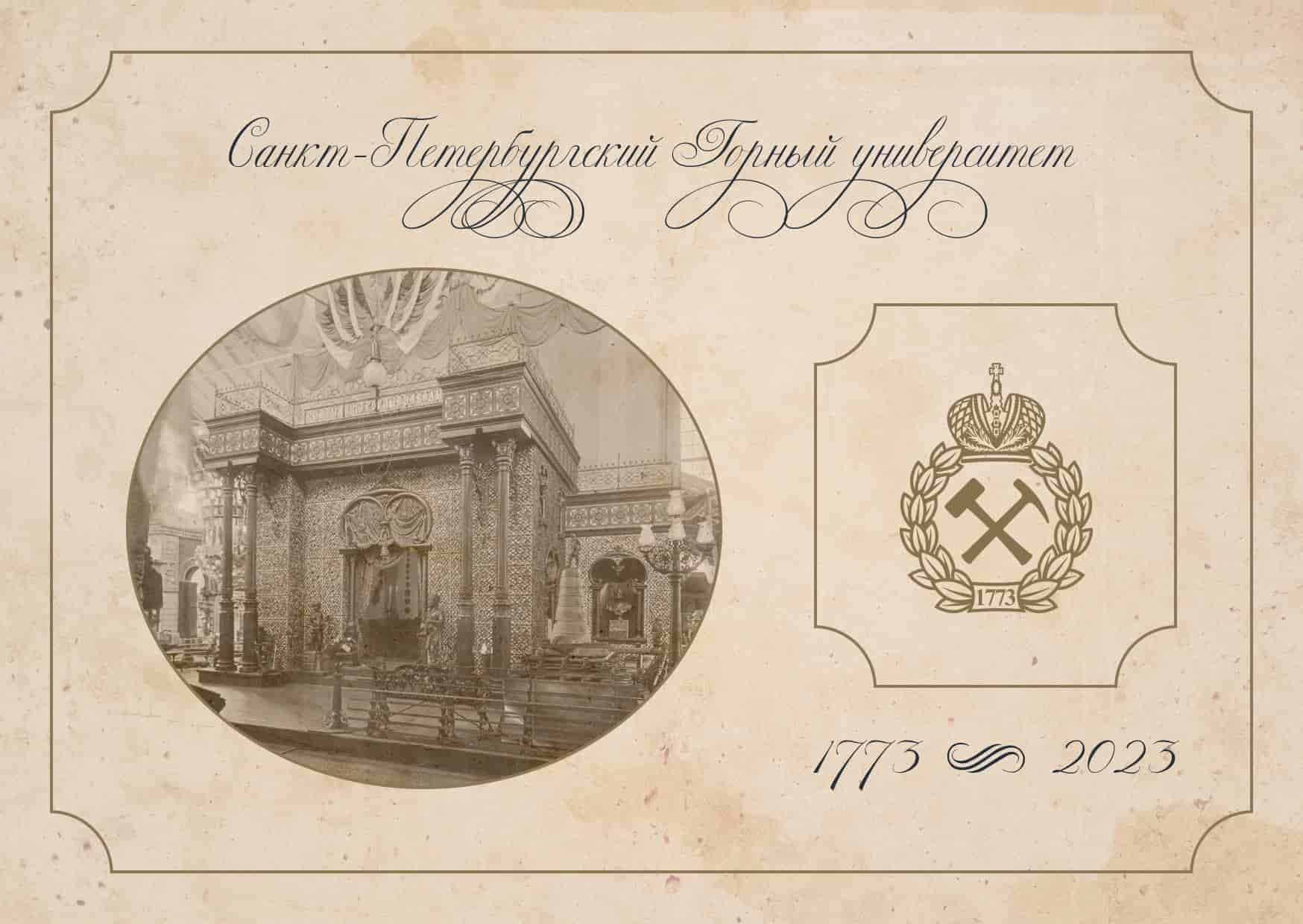
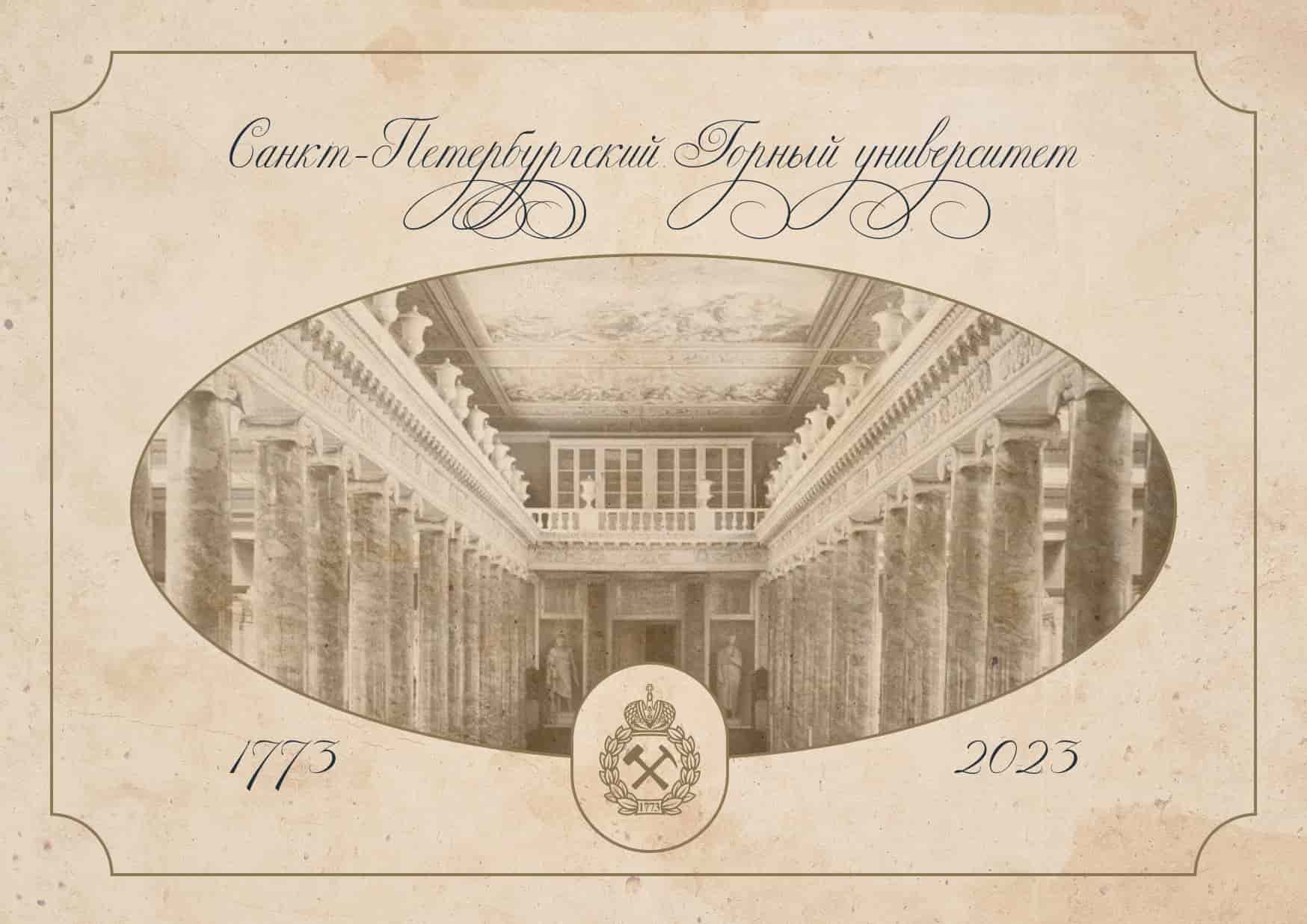
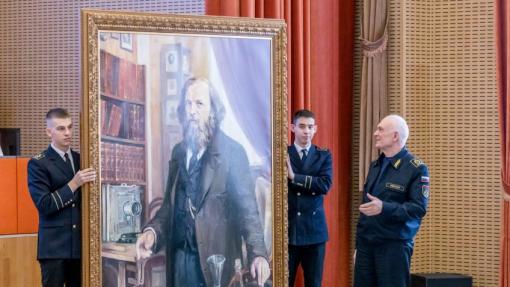 Vladimir Litvinenko: “The anniversary of the Mining University is a wonderful occasion to remember the people who forged the technological sovereignty of Russia”
Vladimir Litvinenko: “The anniversary of the Mining University is a wonderful occasion to remember the people who forged the technological sovereignty of Russia”
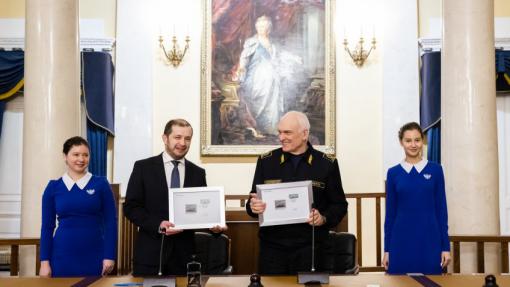 St. Petersburg Mining University presented a stamp dedicated to the 250th anniversary of the university
St. Petersburg Mining University presented a stamp dedicated to the 250th anniversary of the university
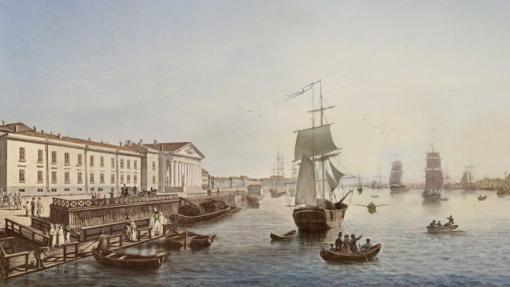 The year of the 250th anniversary of the oldest technical university of the country has started in Russia
The year of the 250th anniversary of the oldest technical university of the country has started in Russia